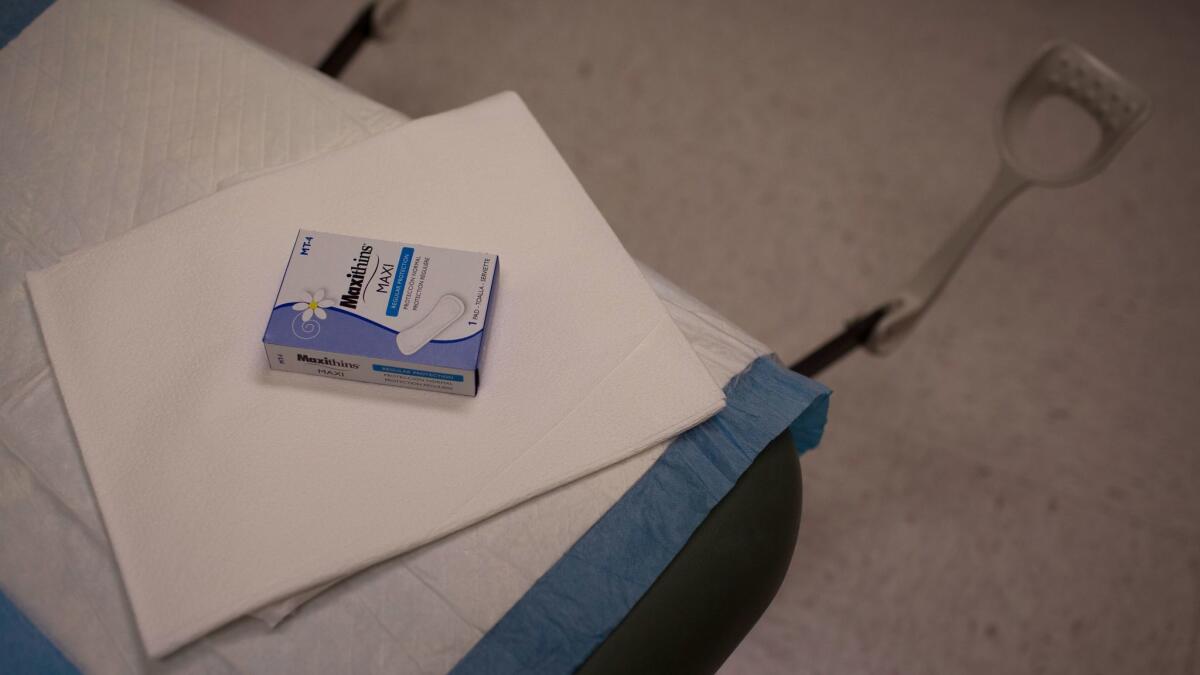Abortions: easier to obtain than ever, yet nearly half worldwide are deemed unsafe, study finds

It’s never been easier to have a safe abortion. With improvements in drugs designed to end a pregnancy and the spread of telemedicine, women all over the world are gaining access to low-risk, noninvasive abortions.
But does this really mean that dangerous procedures are becoming a thing of the past? To find out, a team led by researchers at the World Health Organization in Geneva and the Guttmacher Institute in New York scoured abortion data from 61 countries and determined the level of safety for each procedure. The results were published Wednesday in the journal Lancet.
Among the trends that emerged: Countries that placed fewer legal restrictions on abortion tended to have a higher proportion of safe procedures. “Such laws might promote an enabling environment for trained providers and improve access to safe methods,” the researchers wrote.
Also, the places where abortion was safest were also the places where abortion was most rare. In these countries, economic development, gender equality and contraceptive use are all high, suggesting a formula for making abortion safe and rare anywhere, the team wrote.
And yet, “unsafe abortion is still a major problem in developing countries,” they concluded. “Progress towards safer abortion is needed, even in some developed countries.”
The researchers cautioned that reliable abortion data are difficult to obtain, especially in places where it is illegal or otherwise stigmatized. That means the actual number of abortions is likely higher than the figures in their report.
Here’s a look at what they found:
The number of abortions around the world each year between 2010 and 2014.
The percentage of those abortions that were considered unsafe. This breaks down into two categories.
The number of “less safe” abortions around the world each year. This means the procedure was conducted by a trained professional who used an outdated abortion method, or a newer method was used (for instance, drugs like mifeprisone and misoprostol) but without adequate medical support.
The number of “least safe” abortions. This means the procedure was performed by someone without training who used a dangerous method (including “insertion of foreign bodies” or “ingestion of caustic substances,” according to the report).
The percentage of the world’s unsafe abortions that occurred in developing countries. In these countries, 49.5% of abortions were unsafe. In developed countries, 12.5% of abortions were unsafe.
The percentage of abortions in North America that were considered safe. That compares with 88.8% in Europe, 62.1% in Asia, 23.6% in Latin America, 24.4% in Africa and 66.3% in Oceania.
The percentage of abortions that were safe in countries where the procedure is legal and available on request. Only 25.2% of abortions were safe in countries where abortion is banned or allowed only in cases where it is necessary to save a woman’s life or preserve her health.
The percentage of abortions that were considered least safe in countries where the procedure is banned or severely restricted.
The percentage of abortions that were safe in low-income countries. That compares with 67.1% in upper-middle-income countries and 82.2% in high-income countries.
To read the article in Spanish click here
Follow me on Twitter @LATkarenkaplan and "like" Los Angeles Times Science & Health on Facebook.
MORE IN SCIENCE
Scientists may have found a way to diagnose CTE in football players while they're still alive
In New York, major crime complaints fell when cops took a break from ‘proactive policing’
Mosquitoes spread deadly diseases, and public health experts hope to fight back with this new emoji




